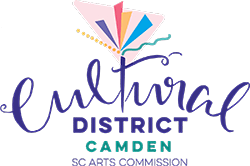Power Outage for Utility Repair on Highland Avenue
Due to a necessary utility repair, there will be a power outage on Highland Avenue between Hampton Street and Laurens Street on the morning of Wednesday, April 17, 2024 for approximately 3 hours. We appreciate your patience and cooperation.
Storied. Cultured. Playful.
For over 200 years, South Carolina’s oldest inland city has been a destination for unique adventures, memorable experiences and that warm southern hospitality that defines our people, places and history.
Camden offers a rare blend of rich revolutionary war history, a thriving horse culture and a vibrant arts & entertainment scene. But, its real charm is its people. Whether you’re coming to live, work or play, we invite you to discover your own unique Camden experience.

Mayor's Welcome
Welcome to Camden, SC. Where horses, history and hospitality come alive! I am so proud to call Camden my home. The future of Camden is bright, and we have so many successes to share. I hope you’ll join us to live, work or play in this place we call home.
Alfred Mae Drakeford
Mayor, City of Camden
News & Notes
Public Hearing Regarding City of Camden’s Budget for FY24-25
Pursuant to S.C. Code Ann. Section 6-1-80 (1976, as amended) and S.C. Code Ann. Section 6-1-330(A) (1976, as amended), the City Council of the City of Camden (the “City”),...
Blankets & Bands Concert Series Begins April 18
Free concerts return to Town Green this spring, with a variety of music every other Thursday evening from April 18 to May 30. Get your blanket or lawn chair, family and...
Business License Renewals Due April 30, 2024
Persons engaged in any business, occupation or profession within the limits of the City of Camden are required to obtain a Camden Business License. Business Licenses are...
Events & Happenings
Camden offers myriad ways to enjoy our city’s rich hospitality with a full calendar of arts, culture, outdoors, equine, history and related events. Find your “thing” in Camden, SC. All Events →





